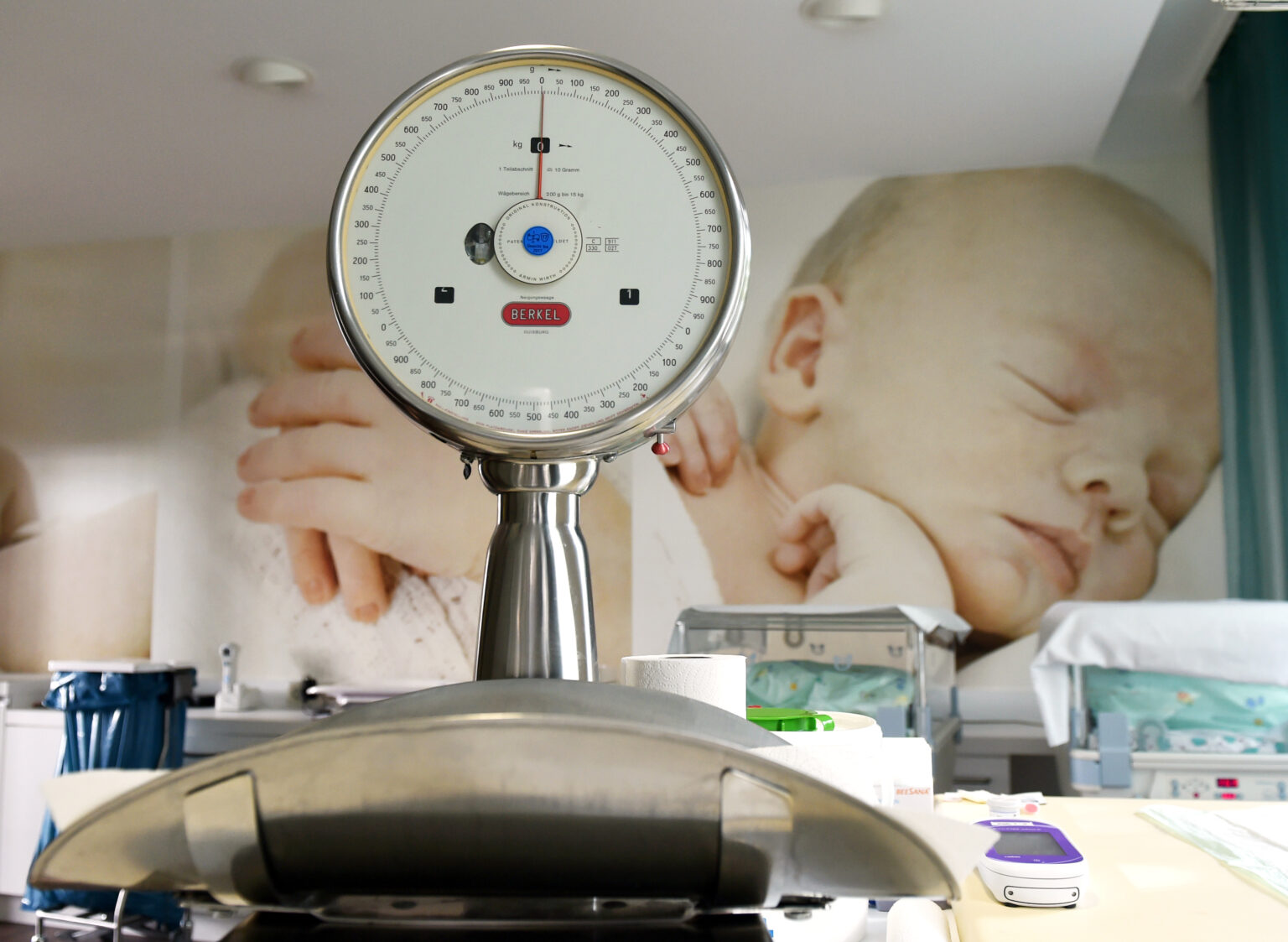This year will bring “another significant decline of the birth rate” for an “overwhelming number of countries,” new analysis shows.
Birth Gauge, an open-source database that aggregates global fertility and population trends, analyzed the number of births across the world so far this year and concluded the decline will continue.
Why It Matters
Countries all over the world have long been struggling with their birth rates, which threatens to leave nations with aging populations—fewer working-age people supporting more elderly people.
In June, the United Nations Population Fund (UNFPA) warned of a global birth rate crisis after surveying people in 14 countries.
Some 14,000 people were questioned as part of the study, and one in five had not had or did not expect to have the number of children they wanted.
Multiple governments and advocates have tried to intervene through policies. President Donald Trump’s administration has made the issue one of its priorities, with the White House exploring the possibility of giving women a “baby bonus” of $5,000, according to an April New York Times report.
But Birth Gauge’s analysis seems to suggest measures such as this have not yet worked.
What To Know
The United States has a fertility rate (births per woman) of 1.58 so far in 2025—down from 1.59 last year, 1.60 in 2023, 1.64 in 2020 and 1.84 in 2015.
There has been a -0.1 percentage change in the total number of births this year (1,461,364) compared with the same time last year (1,462,305).
We are now halfway through 2025 and it’s time for the monthly birth update. For the overwhelming number of countries that have provided data so far, 2025 will bring yet another significant decline of the birth rate. pic.twitter.com/2TrtHiVOXE
— Birth Gauge (@BirthGauge) July 2, 2025
Countries that have seen the steepest drop in the number of births between the first half of 2024 and the first half of 2025 include Lithuania (-12.8 percent), Latvia (-11.5 percent), Slovakia (-11.5 percent), Czechia (-10.9 percent) and Poland (-10.5 percent).
Eastern Europe has battled low population growth rates for years now and is dealing with a “dual demographic challenge” with “very low birth rates and high emigration,” Public health and policy expert Poonam Muttreja, who is the Executive Director of the Population Foundation of India, told Newsweek.
This sets Eastern Europe apart from other places in the world that have seen large population increases because of immigration, despite still struggling with fertility rates, such as the United Kingdom, Austria and Sweden.
These three nations have also seen a dip in their births this year, according to Birth Gauge, with the United Kingdom recording a fertility rate of 1.36, down from 1.41 last year, 1.43 in 2023, 1.51 in 2020 and 1.77 in 2015.
Data for the total number of births in the United Kingdom were not available.
Austria’s fertility rate is down from 1.31 this time last year to 1.27 with a -.43 percent difference in total births.
Sweden is down from 1.43 last year to 1.39 with a -3.0 percent difference in total births.
Nordic countries are struggling with their birth rates despite generally being less affected by the 2008 financial crash and often offering generous public policies, including longer parental leave and subsidized childcare.
This is certainly the case for Norway, with the United Nations International Children’s Fund (UNICEF) ranking it among the top countries for family-friendly policies with 12 months of shared paid leave for birth and an additional year each afterward as well as government-subsidized kindergartens.
However, Norway’s fertility rate has dropped dramatically from 1.98 children per woman in 2009 to 1.44 children per woman in 2024, according to official figures.
This is widely attributed to cultural changes, with Oslo’s Birth Rate Committee citing the fact that fewer people are having their first child before age 30 and fewer people have more than two children.
Young adults are more likely to live alone than before and couples are more likely to split up, the committee found, among several aspects such as a change in attitudes about parenting.
And yet, Norway is one of the few countries analyzed by Birth Gauge that shows an increase in the fertility rate between last year and this year – 1.44 to 1.45, up from 1.40 in 2023, the lowest-ever recorded fertility rate in the country, but down from 1.48 in 2020 and 1.73 in 2015.
Newsweek previously spoke to committee members and local experts to break down the situation in Norway, showing that “fertility is a complex issue that requires a multi-pronged approach,” as Theodore Cosco, a research fellow at the Oxford Institute of Population Ageing, said.
What People Are Saying
This year’s UNFPA report said: “Young people overwhelmingly report worries and uncertainty about their futures. Many expect to experience worse outcomes than their parents did. Their concerns about climate change, economic instability and rising global conflicts will be reflected in the choices they make about raising families.”
UNFPA Executive Director Dr. Natalia Kanem said: “Reproductive agency is more than just freedom from coercion or improved access to services, it is the full range of conditions that enable people to exercise their reproductive rights and ensure true choice, including gender equality, economic stability, decent health and confidence in the future.”
Vice President JD Vance said in January: “We failed a generation not only by permitting a culture of abortion on demand but also by neglecting to help young parents achieve the ingredients they need to lead a happy and meaningful life.
“Our society has failed to recognize the obligation that one generation has to another as a core part of living in a society. So let me say very simply, I want more babies in the United States of America.”
What Happens Next
Birth rate trends will continue to be monitored across the world as governments continue trying to curb the decline.
Read the full article here

